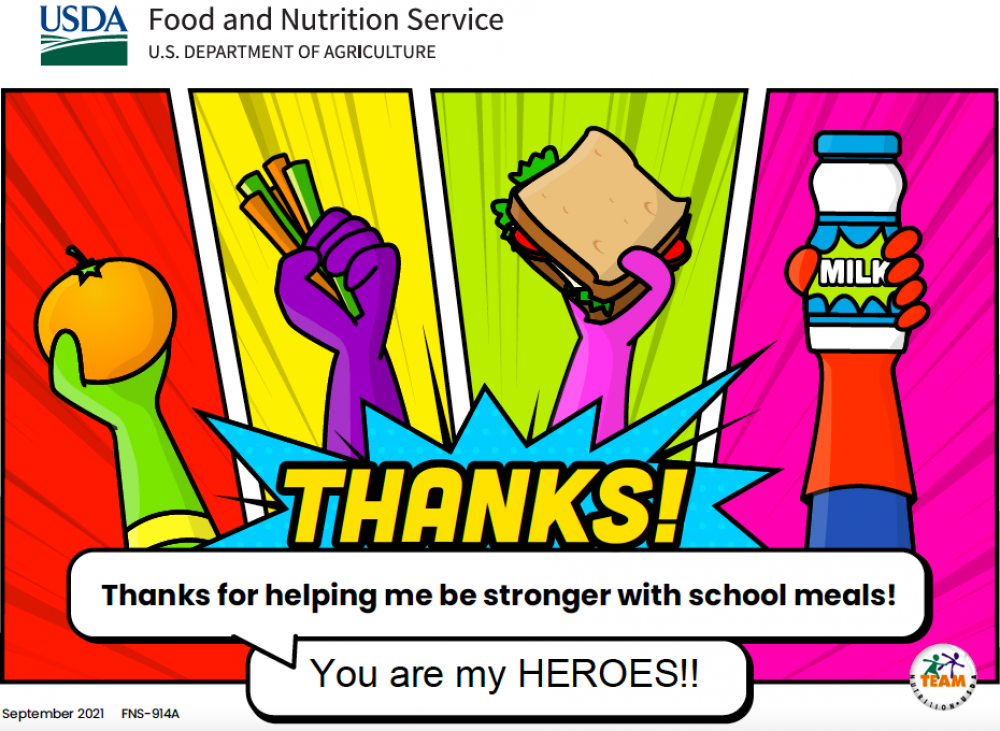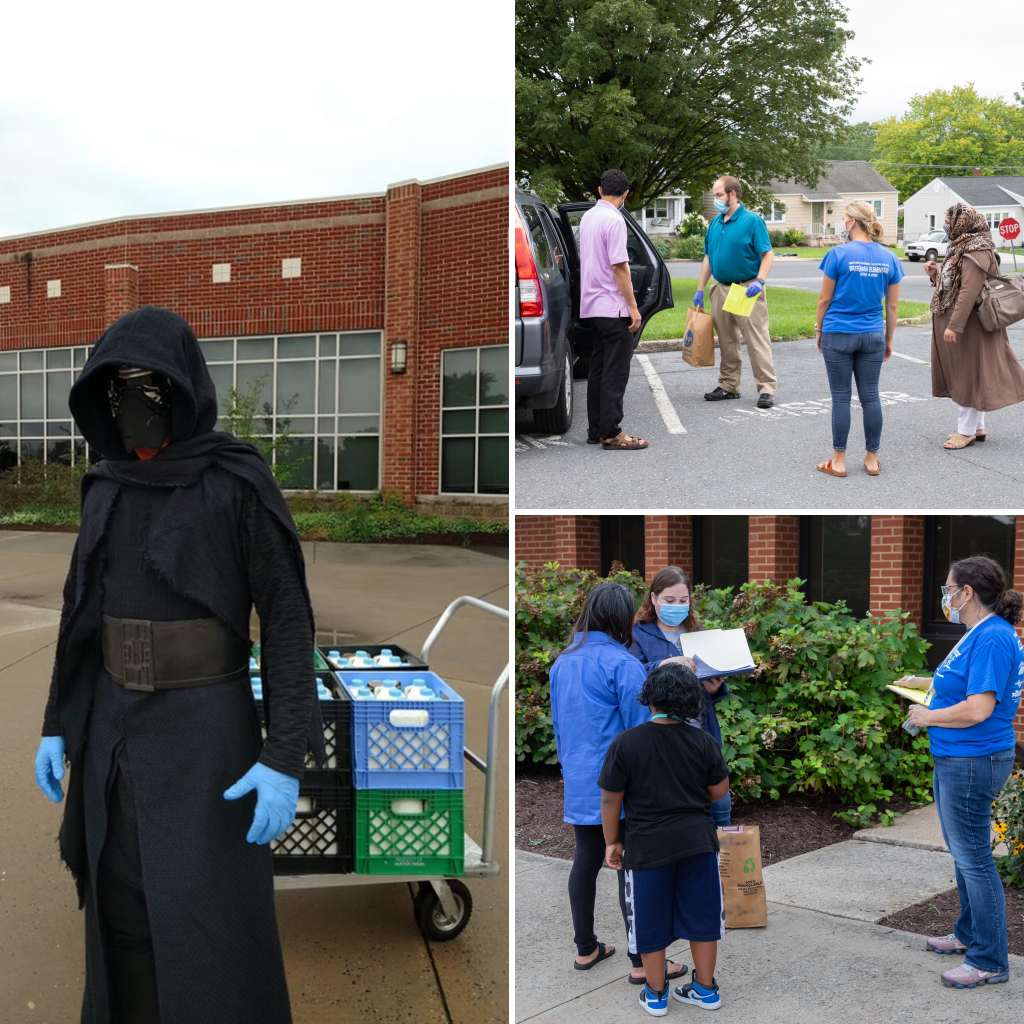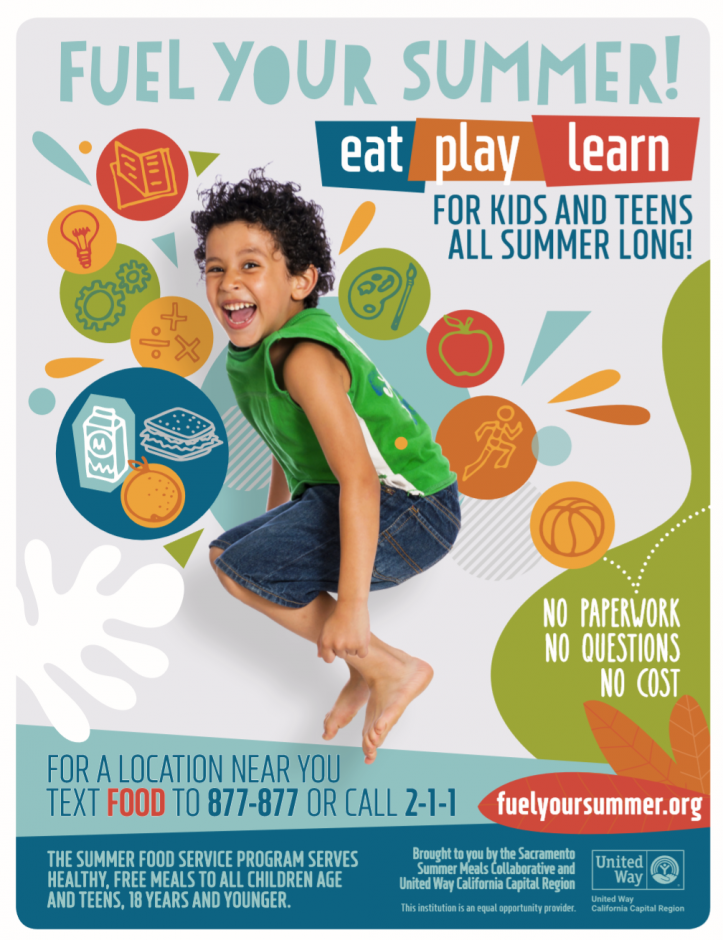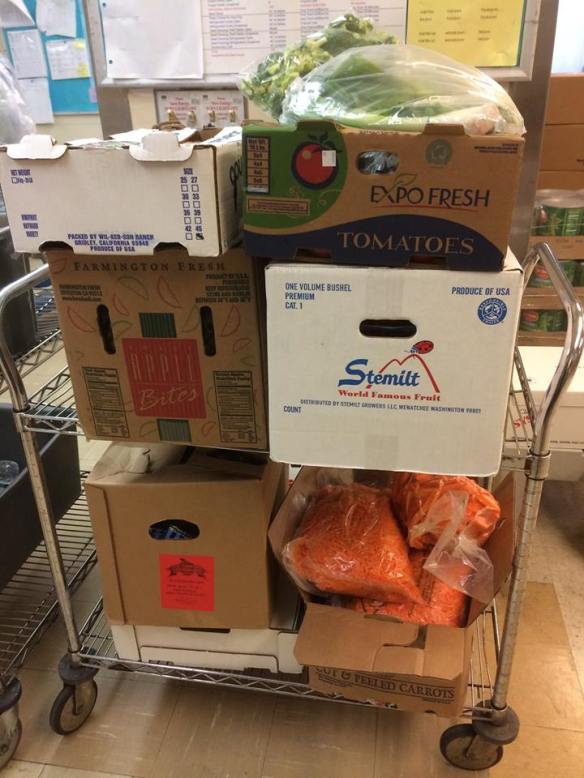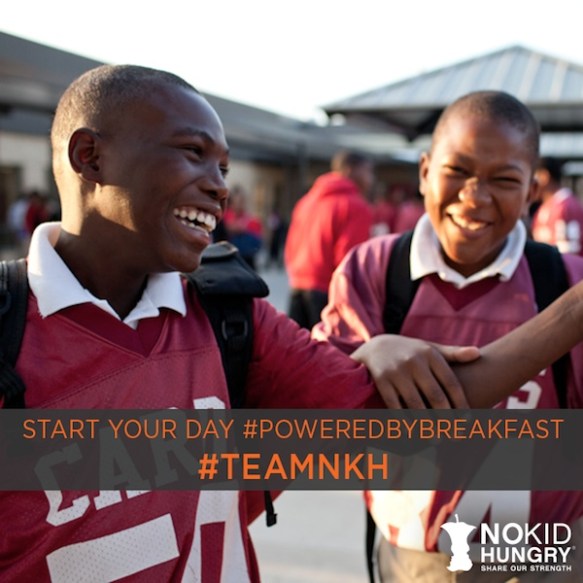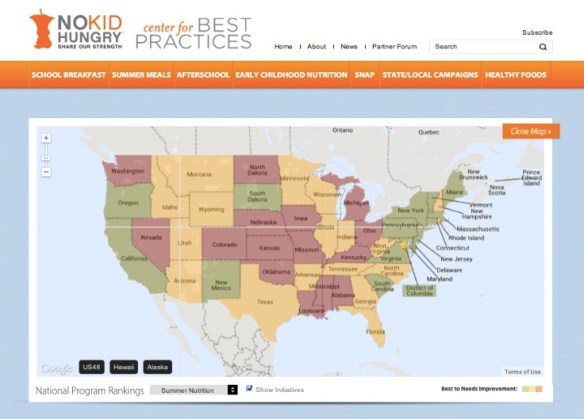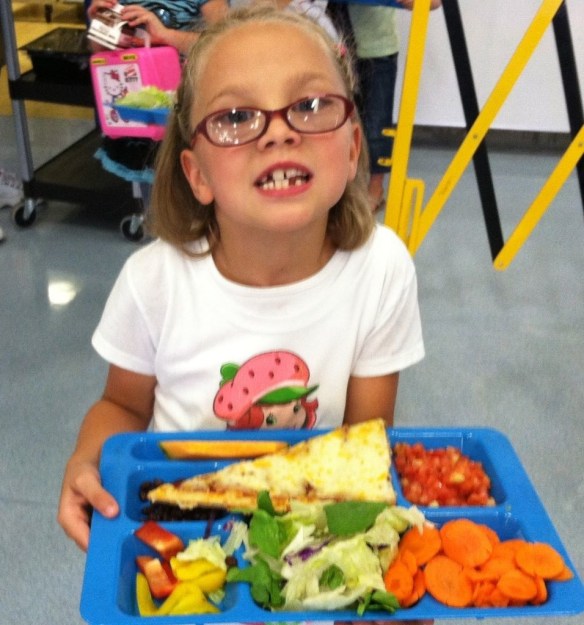Andrea Early, MS, RD, in her 18th year as Director of School Nutrition for Harrisonburg City Public Schools. This Virginia district has 6,500 Students Pre-K through 12 grade. Pre-pandemic the district was headed toward 100 percent CEP, with an ADP around 78 percent at lunches and 70 percent at breakfast with alternative service models. During Covid19 school closures they served curbside (moving frow 2X to 1X per week in order to increase participation along with ‘door dash’ for schools delivering 500 bags via car routes. During April the district is gradually bringing students back into buildings and the department is returning to cafeteria and classroom meals.
What was the biggest challenge that you had to overcome in the past year?
Like many of her fellow directors Andrea Early, mentions employee health and safety as her biggest challenger over the past year. With many older employees and health challenges, workplace accommodations were always top of mind. Since there was no option for remote work, people had to learn how to take risks seriously, how to self-screen for symptoms, and how to make informed decisions about immunizations. Andrea is grateful to work in a district where the administration was very data-driven and provided consistent messaging to staff and families.
What achievement are you the proudest of in the past year?
Andrea is proud that her department was instrumental in helping the entire district stay engaged with students (and their families) as much as possible. Due to the combined efforts of teachers, administrators and food service, meal curbside pickup became a big part of family connections to the district. While school nutrition had a high profile prior to the pandemic, “we were able to amplify our voice at the table.” Although participation was not what it would have been without COVID, Andrea was able to maintain staffing levels and offer an appropriate wage increase.
What innovation have you made that you will continue using in the future?
Many districts, like Harrisonburg City Schools, have developed a bigger picture of education through the COVID19 lens. As schools realize that virtual or hybrid may be better for some students, Andrea knows that her department has learned how to package and deliver meals for those students too. Large-scale, attractive, packing in bags – “we have it figured out now!”
